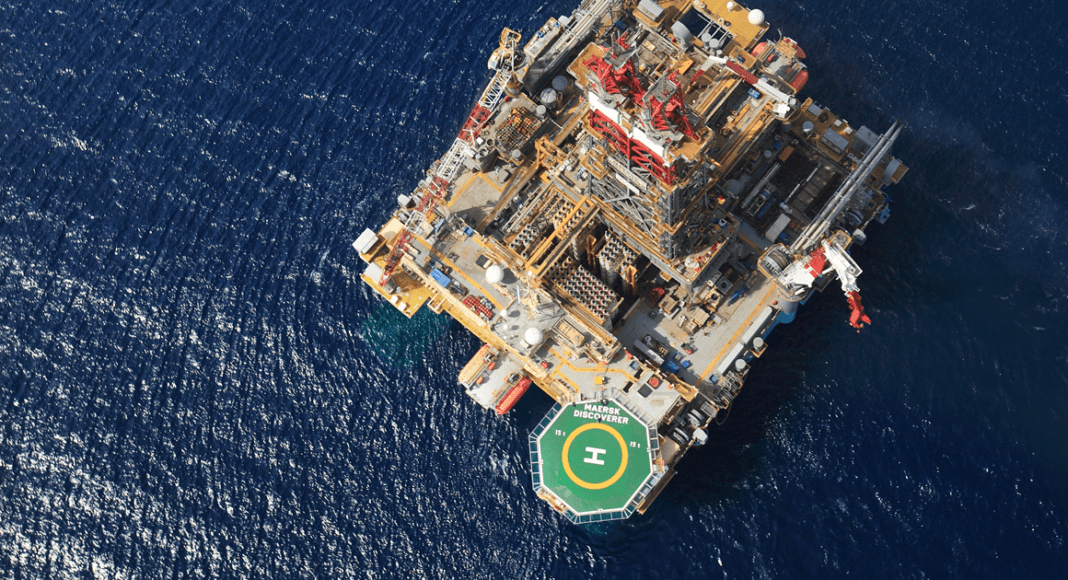A new report by Westwood Global Energy Group indicates that, despite shifting market conditions, high-impact exploration (HIE) remains a key focus, although the sector has become increasingly concentrated among fewer players over the past decade.
According to Westwood’s October 7 report, uncertainty about long-term hydrocarbon demand has encouraged explorers to maintain activity simply to preserve optionality. Yet, the firm warns, “Discovered resource volumes are declining, and the number of companies engaged in high-impact exploration has halved.”
Westwood notes that National Oil Companies (NOCs) and supermajors now dominate the field: in 2024, NOCs accounted for 51% of high-impact well equity and 67% of discovered resources. However, the scale of new opportunities is shrinking, partly due to smaller plays and reduced acquisition of critical 3D seismic data needed to mature prospects.
HIE drilling in 2025 delivered six confirmed discoveries. According to data that was recently published by Rystad Energy, ExxonMobil’s Nefertari-1 opened Egypt’s frontier basin with a new find. BP’s El King-2 appraisal well confirmed recoverable gas volumes. Galp’s Mopane-3X in Namibia unlocked a new play. BP also struck hydrocarbons with a wildcat in Brazil’s Santos Basin. Petronas made an ultra-deepwater discovery in Malaysia’s Sabah Basin. Talos Energy’s Daenerys discovery added oil volumes in the US Gulf of Mexico.
Six wells were declared failures. ExxonMobil’s Elektra-1 in Cyprus, the first test in Block 5 of the Herodotus Basin, came up dry. KNOC’s Blue Whale-1, South Korea’s most ambitious offshore drilling attempt in years, did not deliver commercial volumes. In Namibia, TotalEnergies’ Tamboti-1X, previously estimated at nearly 1 billion barrels of oil (boe) pre-drill, was unsuccessful. Chevron’s maiden Orange Basin well, Kapana-1X, also failed to encounter hydrocarbons.
To cope with this tightening environment, Westwood argues that conventional explorers may need to diversify their strategies; they will have to lean on discovered resource opportunities (DROs), pursue mergers and acquisitions, and explore unconventional plays to sustain growth in a market favouring short-term returns.
And this appears to be the direction for oil majors.
ExxonMobil has returned to Trinidad & Tobago, securing the ultra-deepwater block TTUD-1. The block spans more than 7,000 square kilometers east of Trinidad and north of Guyana’s Stabroek Block. Exxon is also targeting Hamlet-1 exploration well this year as it pushes deeper into the southeastern part of the prolific Stabroek Block in search of a new oil play. That portion, near the Suriname border, has produced discoveries with more natural gas than oil. The Guyanese government has been focused on exploiting its gas resources. The current reserve estimate is 17 trillion cubic feet.
Chevron has taken its operations to Europe, submitting bids for four ultra-deepwater blocks offshore Greece: A2, South of Peloponnese, South of Crete I, and South of Crete II. Together, they cover more than 45,000 square kilometers. TotalEnergies is leading a fresh wave of interest in West Africa by signing production sharing contracts in Liberia. The four blocks – L-6, L-11, L-17 and L-29 – span about 12,700 square kilometers of deep and ultra-deep water.



